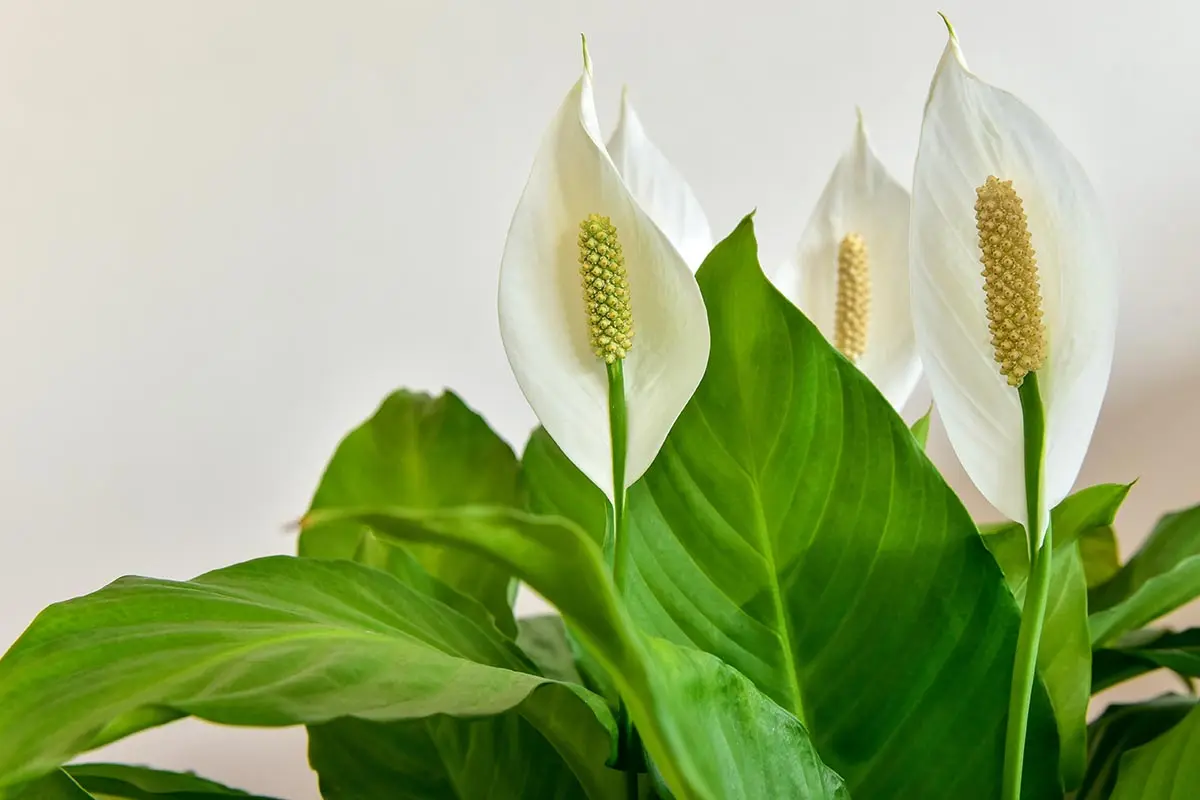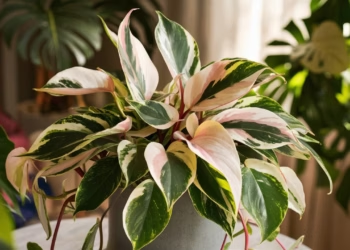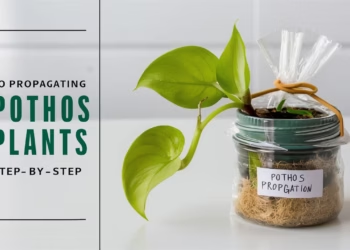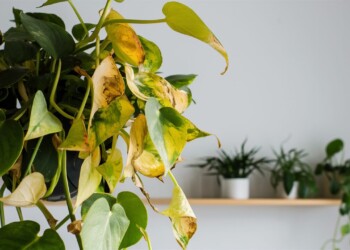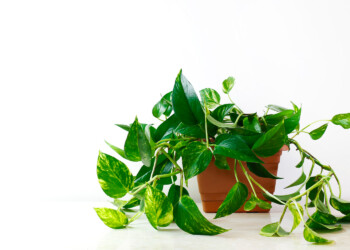Ahoy, plant lovers and green thumbs! So, you’ve decided to dive into the tranquil world of Peace Lilies, or as some call them, the “serenity keepers” of the plant kingdom. Well, buckle up because you’re in for a ride through the untimed guide on Peace Lilly care. No need for wristwatches or countdowns here-just some laid-back vibes and easy-breezy foliage wisdom!
Table Of Contents
The Zen of Peace Lilly Care
Picture this: You, a cup of chamomile tea, and your Peace Lily chilling in the corner, purifying the air like a leafy superhero. To ensure your Peace Lily lives its best life, let’s break down the untimed guide into simple, digestible chunks.
Choosing the Right Spot
Now, where do you want your Peace Lily to bask in its green glory? Well, these plants are the introverts of the botanical world-partial shade is their jam! Here’s a pro tip: If it’s too bright for you to read a book without squinting, it’s too bright for your Peace Lily. Keep it chill and cozy, avoiding direct sunlight like it’s a bad rom-com.
Light: peace lily light needs
Peace lilies are renowned for their adaptability to low-light conditions, making them an ideal choice for spaces with limited sunlight. Thriving in shade or partial shade, these resilient plants also tolerate fluorescent lights, making them a perfect companion for office desks. Enhance the aesthetics of your living spaces by strategically placing peace lilies to fill dark corners, creating a lush and inviting ambiance.
Temperature: Creating a Comfortable Haven
Maintaining a consistent temperature is paramount for the well-being of peace lilies. Aim for a temperature range of 65 to 80 degrees Fahrenheit, shielding your plant from drafts and abrupt temperature fluctuations. Avoid placing your peace lily near doors exposed to chilly winter air, ensuring a stable and cozy environment for optimal growth.

Water, but Don’t Drown!: peace lilies watering
Imagine you’re at a spa-your Peace Lily wants the same luxurious treatment. Keep the soil consistently moist, but don’t go overboard; drowning is not their idea of relaxation. Once a week is usually the sweet spot complemented by occasional leaf spritzing during the summe, but feel the soil, gauge the vibes, and water accordingly. Peace Lily care should be stress-free, not a chore!

Get Your Misting Game On
Your Peace Lily craves that misty rainforest vibe. Grab a spray bottle, channel your inner rainmaker, and mist the leaves every now and then. It’s like a spa day for your plant, and who doesn’t love a little pampering?

Feeding Time: Be a Plant Chef
Come spring and summer, pamper your peace lily with organic houseplant fertilizer to promote vibrant blooms. Exercise caution, as peace lilies are sensitive to chemical fertilizers, emphasizing the importance of opting for organic alternatives. Elevate the elegance of your indoor oasis by providing the necessary nutrients to support the lush foliage and exquisite flowers of your peace lily. But remember, moderation is key-no need to turn your plant into a buffet enthusiast.

Drainage: Guarding Against Root Rot
Peace lilies are susceptible to root rot, underscoring the importance of well-draining containers. Select pots with drainage holes and position a saucer underneath to catch excess water. Monitor the roots for firmness and light coloration, ensuring they remain free from excessive moisture. Vigilance in drainage management safeguards your peace lily from potential pitfalls, preserving its health and vitality.

Transplanting: Facilitating Growth
As your peace lily matures, attentive transplanting becomes crucial. Recognize the signs of roots emerging or accelerated water absorption, signaling the need for a larger container. Gradually transition your plant into increasingly spacious pots, ensuring a harmonious balance between growth and container size. Generally, peace lilies thrive in containers not exceeding 10 inches, promoting optimal development.
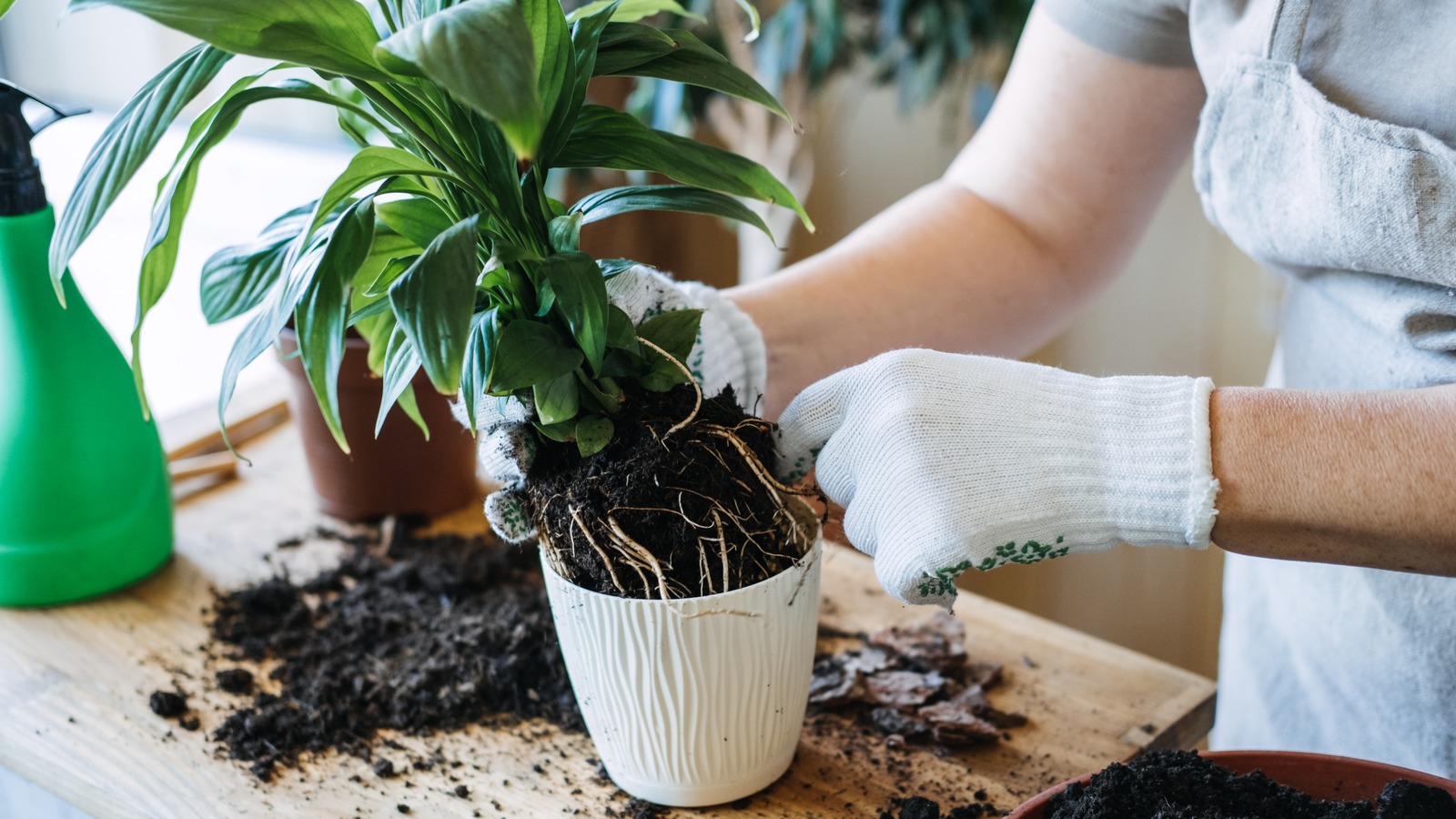
Blooms: Embracing the Ephemeral Beauty
Anticipate the breathtaking display of white blooms in spring, a hallmark of the peace lily’s charm. Technically, these blooms are bracts or modified leaves, reminiscent of the poinsettia’s allure. Some particularly content plants may even grace you with a secondary bloom in the fall. Post-bloom care involves trimming spent blooms at the base of the stem, fostering future flourishing in different locations.

Problems: Navigating Challenges with Ease
While peace lilies are resilient, caretakers may encounter occasional challenges. From pests like spider mites and aphids to leaf discoloration, we equip you with proactive solutions. Wipe leaves clean and employ insecticidal soap for pests, and adjust light exposure or watering practices for yellowing or browning leaves. Prioritize safety, as peace lilies are mildly toxic, necessitating caution around small children and pets.

And there you have it, the untimed guide to Peace Lilly care. Forget the alarms and schedules-just let the green vibes flow. Your Peace Lily is not just a plant; it’s a lifestyle, a commitment to tranquility, and a testament to chill vibes.
So, next time you find yourself worried about plant care, just think of your Peace Lily lounging in its cozy spot, enjoying life at its own pace. Because when it comes to Peace Lilly care, untimed is the only time that matters. Happy planting, fellow serenity seekers!
FAQs
How do you care for a peace lily indoors?
- Light: Provide bright, indirect light. While peace lilies can tolerate lower light conditions, they thrive in brighter environments.
- Watering: Keep the soil consistently moist but not waterlogged. Water when the top inch of the soil feels dry to the touch.
- Humidity: Peace lilies prefer high humidity. You can increase humidity by placing a tray with water and pebbles near the plant or using a humidifier.
- Temperature: Maintain temperatures between 65°F to 80°F (18°C to 27°C). Avoid exposing them to cold drafts.
- Soil: Use a well-draining potting mix with components like peat moss or coconut coir.
- Fertilizing: Feed with a balanced liquid fertilizer during the growing season and reduce or eliminate fertilization in fall and winter.
- Pruning: Trim yellow or brown leaves at the base and remove spent flowers.
Do peace lilies need sunlight?
Peace lilies prefer bright, indirect light. While they can tolerate lower light conditions, they won’t bloom as prolifically in low light. Avoid placing them in direct sunlight, as it can scorch their leaves.
How often should I water my peace lily?
Water your peace lily when the top inch of the soil feels dry. The frequency depends on factors like temperature, humidity, and the size of the pot. Typically, this might be every 1-2 weeks, but adjust based on the specific conditions of your home.
Where is the best place to put a peace lily?
Place your peace lily in a location with bright, indirect light. Avoid direct sunlight. Ideal spots include north or east-facing windows, where they receive filtered sunlight.
Do peace lilies like warm or cold water?
Peace lilies prefer water at room temperature. Avoid using extremely cold or hot water, as abrupt temperature changes can stress the plant.
Do peace lilies like to be wet?
Peace lilies like consistently moist soil but not waterlogged. While they prefer a humid environment, overwatering can lead to root rot. Allow the top inch of soil to dry before watering again, and ensure the pot has drainage holes to prevent waterlogging.
